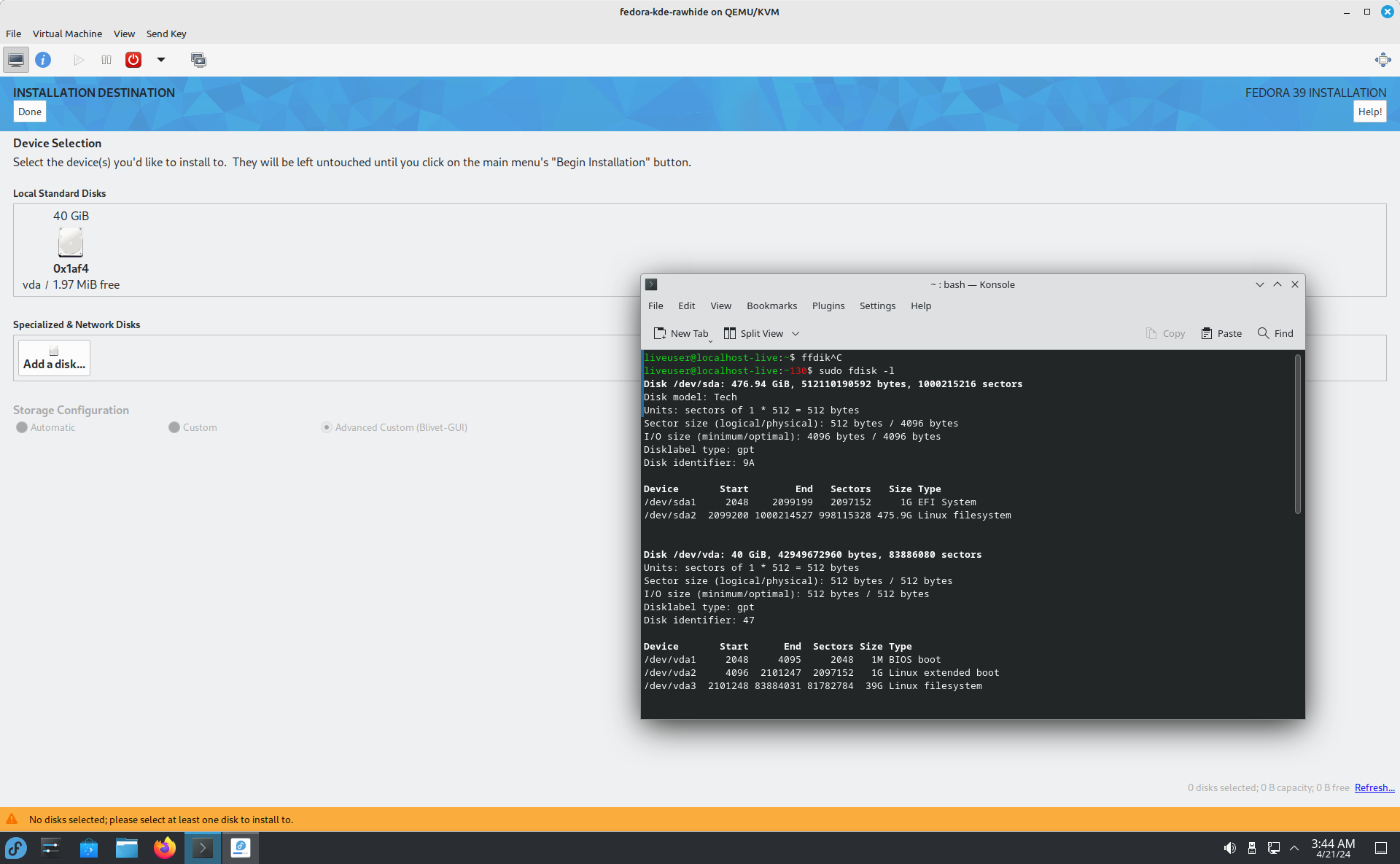

What kind of junk energy is there to harvest from a car (in meaningful amounts)? I guess breaking is the obvious answer, but that’s already covered by regenerative breaking. Most car-based energy harvesting systems seem to employ speedbumps that clearly take useful (kinetic) energy away from the car (probably at a very poor efficiency).






I’ve also recently built my own NAS and I’ve gone through similar considerations. One of my mayor decisions was not to use btrfs because it’s not recommended for Raid Z1/Raid 5. With that, I landed on ZFS and TrueNAS Scale. Note that RAID expansion should be landing in both very soon.
Things with TrueNAS were pretty easy, very quick, and everything worked nicely. However, I noticed that it was constantly accessing the disks and preventing them from spinning down. I really wanted to keep the power consumption low (<20 W idle), so I eventually decided to just go with Vanilla Debian + ZFS. I can recommend that if you want to tinker with things yourself. Otherwise, I’d recommend TrueNAS Scale.
As for migration, you might be able to create a degraded pool initially, copy over the data, and add the parity disk last. Raid expansion would ofc also help there…